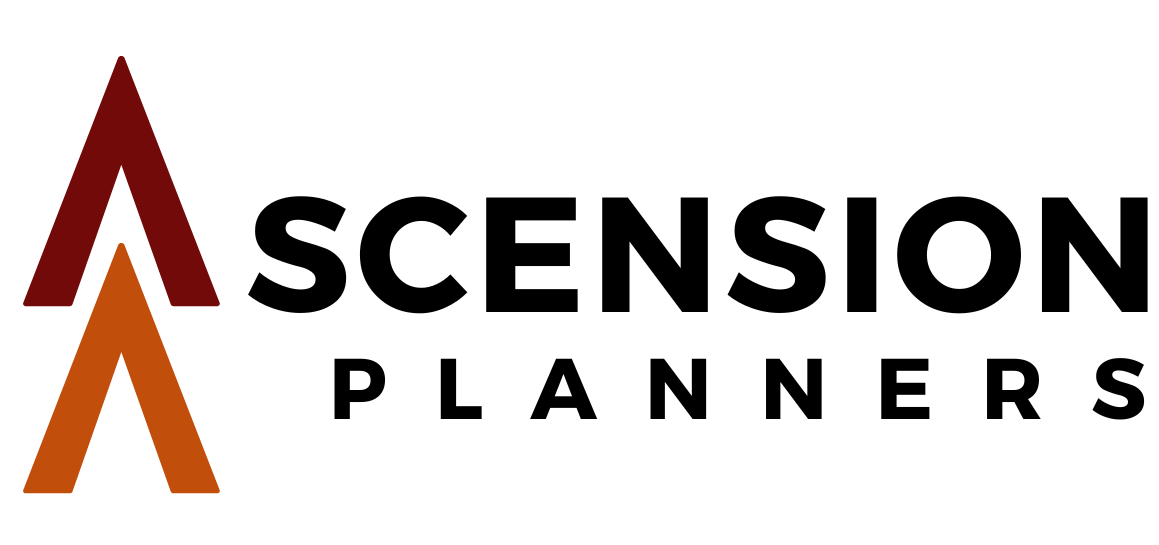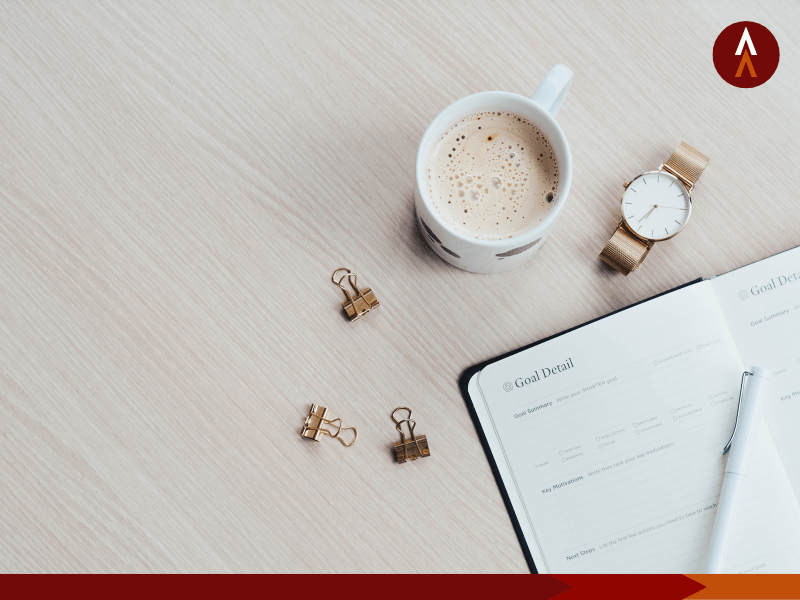
Are you ready to take control of your time and get more done? If so, it’s time to harness the power of a planner and create a customized productivity system that works for you.
A good planner system can help you prioritize tasks, manage your time, and keep track of important information, all in one place.
In this post, we’ll cover why planning is important, what makes up a good planner productivity system, and how to create one that works for you.
Why Planning is Important
Many people struggle with time management and productivity, but planning can be a game-changer. Planning helps you to be proactive instead of reactive, which means you’re less likely to feel overwhelmed and stressed. When you have a plan, you know what you need to do and when, which makes it easier to focus and stay on track. Planning also helps you to make progress towards your goals, both big and small.
What Makes Up a Good Planner Productivity System
A good planner productivity system should be customizable and adaptable to your specific needs and preferences. Here are some key components to consider when building your system:
- Layout: Choose a planner layout that works for you. Some people prefer daily pages, while others prefer weekly or monthly pages. You may also want to consider the size of your planner and whether you prefer a bound or discbound system.
- Goal-Setting: Your planner should help you set and track your goals. Consider including goal-setting pages at the beginning of each month or quarter, and have a designated section to track your progress.
- Prioritization: One of the most important functions of a planner is helping you prioritize tasks. Consider using a system that allows you to highlight or color-code tasks by priority level.
- Time-Blocking: Time-blocking is a technique where you schedule specific tasks or activities for set periods of time. Consider incorporating time-blocking into your planner by designating specific blocks of time for certain tasks or activities.
- Note-Taking: Your planner should also have space for taking notes and jotting down ideas. Consider adding a designated notes section, or using sticky notes or a separate notebook for more in-depth note-taking.
Steps to Create Your Planner Productivity System
Now that you understand the key components of a good planner productivity system, it’s time to create your own. Here are some steps to get started:
- Assess Your Needs: Think about what you need from your planner. Do you need a lot of space for note-taking? Do you prefer to see your schedule broken down by hour? Write down your must-haves and nice-to-haves.
- Choose a Planner: Once you know what you’re looking for, it’s time to choose a planner. Consider factors like size, layout, and binding. You may also want to consider whether you want a pre-made planner or a customizable option like a discbound system.
- Customize Your Planner: Once you have your planner, it’s time to make it your own. Consider adding tabs or dividers to separate sections, or using stickers and washi tape to add color and personality.
- Set Up Your Goals: Use the first few pages of your planner to set up your goals for the month, quarter, or year. Be specific about what you want to achieve, and break down larger goals into smaller, actionable steps.
- Prioritize Your Tasks: Each day, use your planner to prioritize your tasks. Use a color-coding system or symbols to indicate priority level, and consider using time-blocking to schedule specific tasks.
- Track Your Progress: Regularly review your progress towards your goals, and make adjustments as needed. Use your planner to track your successes and areas for improvement.
A planner productivity system can be a powerful tool to help you achieve your goals and stay on top of your tasks and responsibilities. By following the steps outlined in this article, you can create a customized system that works for you and helps you stay focused, organized, and productive. Remember, the key is to find what works best for you and don’t be afraid to make adjustments along the way. With a little bit of planning and effort, you can reach new levels of productivity and success.
Other Resources:
- “The Bullet Journal Method” by Ryder Carroll: https://bulletjournal.com/pages/book
- “Getting Things Done” by David Allen: https://gettingthingsdone.com/book/
- “Atomic Habits” by James Clear: https://jamesclear.com/atomic-habits

